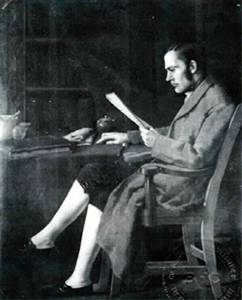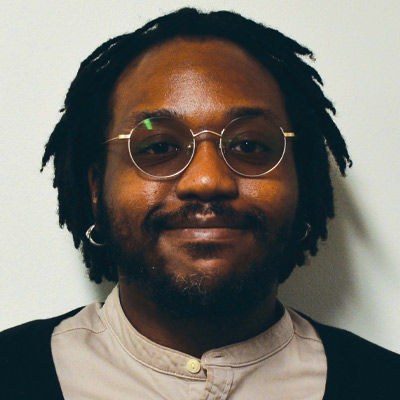May 5, 2023 — The history of nursing is often traced back to Florence Nightingale. She is credited with starting the world’s first nursing school in 1860 in London, and the techniques she originated there would go on to influence several generations of nurses.
However, before Nightingale got all the headlines, here in New York, physicians and nurses were already building a foundation for the future of healthcare.

New York physician Valentine Seaman created a course of lectures for nurses who worked specifically with maternity patients in 1798. These early lectures focused on caring for mothers during childbirth and provided instruction for care during the postpartum period.
During the late 1800s, nurses were in even greater need. While there were instructional programs set up thanks in part to physicians like Seaman, there would be a gap in professional nurse schooling in America until 1873. Following the formation of the Nightingale School in 1860, American professional nursing education would finally arrive at three schools: the Boston Training School at Massachusetts General Hospital, the Connecticut Training School at the State Hospital in New Haven, and the New York Training School at Bellevue Hospital in New York City. These three schools all patterned themselves after Nightingale’s example and would later be known as “Nightingale Schools.”
Bellevue Hospital was the first to formally introduce a program aimed at training men to be in the nursing workforce in 1888. Although men have historically been nurses, the career was for a long time viewed as a “female occupation,” especially in the U.S. But with New York leading the charge, the Bellevue program paved the way for other hospitals to train male nurses across the country.
For many years following the formation of these schools, nursing professionals from all over the state would go on to teach and pioneer techniques and institutions now considered important parts of the healthcare delivery system, like school nurses and home visits.
Today, the tradition of nursing education continues proudly in New York, with all three SUNY hospitals – Downstate, Stony Brook and Upstate — recognized as leaders in their fields. But for the quality of care delivered at these hospitals to remain world-class, New York State must fully fund the services they deliver while training the next generation of nurses. PEF has worked tirelessly to secure wins for its nurses in recent years – from geographic pay raises to long-sought title restructuring in 2022 to passing legislation that limits mandatory overtime. As a union, we will always fight for our healthcare heroes.
Editor’s Note: Members can stay up-to-date on the actions of the PEF Statewide Nurses Committee by checking out this page. For PEF nurses, there is also valuable information there about benefits, such as tuition and license reimbursement.

